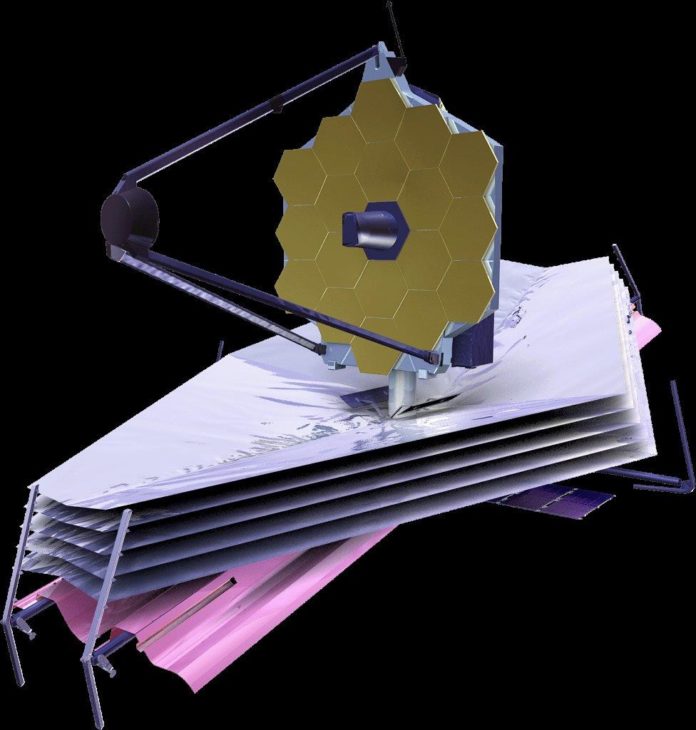Teledyne Technologies Inc. provided 15 sensitive infrared detectors used aboard the James Webb Space Telescope, which launched on Saturday.
The sensors from the Thousand Oaks aerospace, marine and imaging products manufacturer enable the Webb telescope to observe the first stars and galaxies, allowing scientists to understand the early evolution of the universe, it said in a release.
Ten Teledyne detectors in the Near-Infrared Camera will study the structure and morphology of the universe. Three Teledyne detectors in the Fine Guidance Sensor will be used to point and stabilize the telescope. Two Teledyne detectors in the Near-Infrared Spectrograph will reveal information about chemical composition, temperature and velocity of what the telescope observes, according to the Teledyne release.
Chief Executive Robert Mehrabian said that the company was proud to support the space endeavor with sensors that act as the eyes of the mission.
“For decades, scientists have used our ground-based and space-based detectors to look outward to our solar system, to the stars and exoplanets of the Milky Way, and to galaxies millions and billions of light years from Earth,” Mehrabian said in a statement.
Shares in Teledyne (TDY) closed up $4.56, or about 1 percent, to $433.29 on the New York Stock Exchange, on a day when the Dow Jones also closed up nearly 1 percent.
